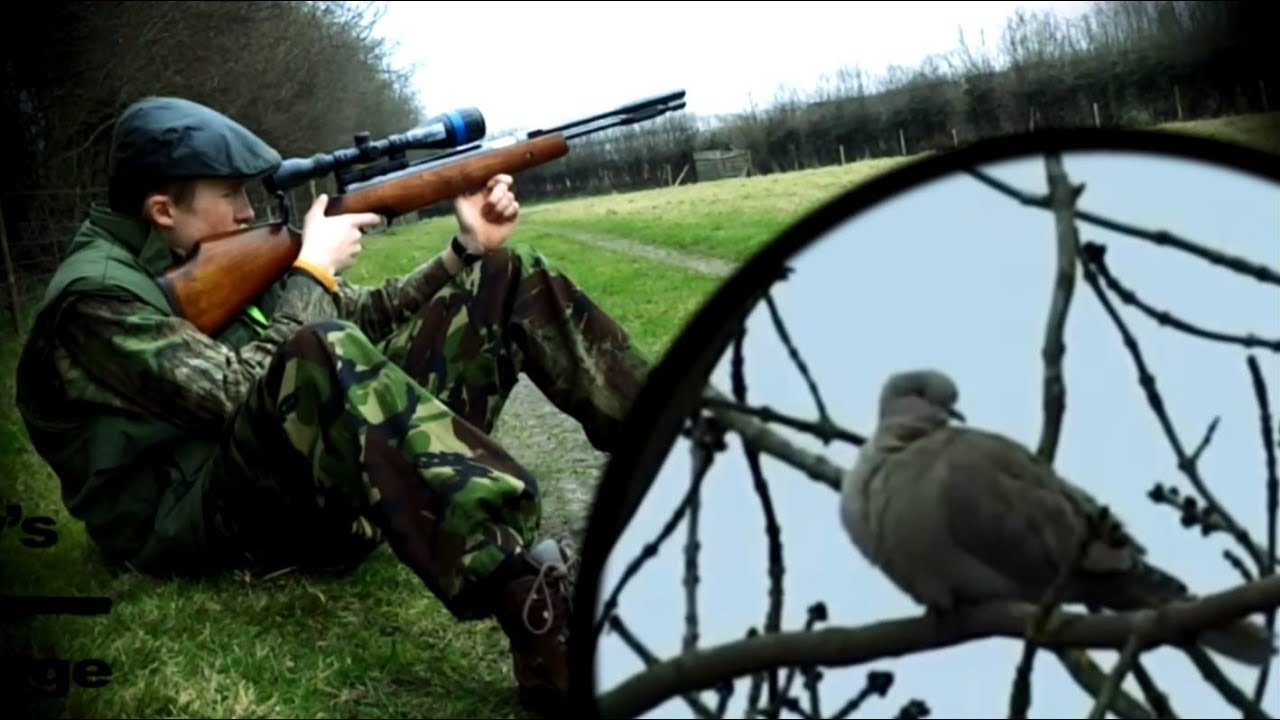Dove population management plays a crucial role in maintaining ecological balance while ensuring sustainable hunting opportunities. These birds are widely hunted and admired for their agility and abundance, making them a focal point for wildlife management efforts. Conservation strategies must address the challenges posed by habitat loss, climate change, and human activity to secure a thriving dove population for generations to come. Effective management combines scientific research, community involvement, and ethical practices to balance the needs of ecosystems and hunters alike. By fostering collaboration among stakeholders, these efforts not only protect doves but also enhance biodiversity across habitats.
Additionally, promoting public awareness about the significance of dove conservation ensures broader participation in safeguarding these species. Through sustained commitment to ethical practices and innovative solutions, dove population management can serve as a model for preserving wildlife in changing environments.
Understanding Dove Population Dynamics
To implement effective dove population management, understanding the factors that influence their numbers is essential. Doves are prolific breeders with the ability to adapt to various environments, but their populations are vulnerable to changes in habitat quality, availability of food, and predation. Seasonal migration patterns also play a significant role in determining dove distribution, as these birds move to areas offering optimal conditions for nesting and feeding.
Researchers monitor dove populations through methods like banding and surveys, collecting data to analyze trends and identify potential threats. These efforts help guide conservation policies, ensuring that hunting regulations align with the species’ ecological needs. Proper management strategies aim to strike a balance between preserving dove populations and maintaining opportunities for hunters.
Habitat Conservation in Dove Management
Habitat conservation is a cornerstone of successful dove population management, as these birds rely on specific environments for survival. Grasslands, agricultural fields, and woodlands provide essential resources like food, nesting sites, and cover from predators. However, urbanization and agricultural expansion often disrupt these habitats, forcing doves to adapt or relocate.
Efforts to restore and preserve habitats include planting native vegetation, creating wildlife corridors, and protecting water sources. These measures enhance the availability of essential resources, supporting healthy dove populations. Collaboration initiatives involving landowners, conservation groups, and government agencies further strengthen habitat restoration projects. In regions like Mission, Texas, such efforts have become increasingly important, particularly for promoting sustainable practices like hunting in Mission Texas. These programs ensure that hunting activities remain viable while safeguarding dove habitats.
Hunting Regulations and Their Impact on Conservation
Regulated hunting plays a pivotal role in dove population management by controlling harvest levels and preventing overhunting. Wildlife agencies establish hunting seasons, bag limits, and licensing requirements based on scientific research and population data. These measures ensure that dove populations remain stable while providing recreational opportunities for hunters.
Enforcing hunting regulations is vital for maintaining ethical practices and protecting the species from unsustainable harvests. Hunters who follow these guidelines contribute to conservation efforts by supporting funding through licenses and fees, which are often reinvested into habitat restoration and wildlife management programs. By promoting responsible hunting, regulations help preserve dove populations for future generations.
Community Involvement in Dove Conservation
Community involvement is a critical aspect of successful dove population management and conservation efforts. Educating the public about the importance of preserving dove habitats fosters a sense of responsibility among local communities. Landowners, hunters, and conservationists can collaborate on projects like habitat restoration, predator control, and public awareness campaigns.
Citizen science initiatives also play a significant role, allowing volunteers to participate in dove surveys and data collection efforts. These programs provide valuable insights into population trends while encouraging public engagement with conservation goals. Partnerships between communities and conservation organizations create a united front for addressing challenges and ensuring the long-term survival of doves.
The Future of Dove Population Management
Looking ahead, advancing dove population management requires integrating innovative technologies and adaptive strategies. Satellite tracking, genetic studies, and advanced modeling tools offer new ways to monitor and predict population dynamics. These approaches enable wildlife managers to make informed decisions and respond effectively to emerging challenges.
Climate change presents a growing concern for dove populations, as shifting weather patterns alter habitats and food availability. Conservation efforts must adapt to these changes by focusing on climate-resilient habitats and proactive measures. Continued investment in research, education, and community engagement remains essential for sustaining dove populations and the ecosystems they inhabit.
By combining traditional knowledge with modern science, dove population management can address the complex challenges of the 21st century. Through collaborative efforts and a commitment to ethical practices, we can ensure that doves continue to thrive, enriching both natural ecosystems and the hunting traditions that depend on them.
